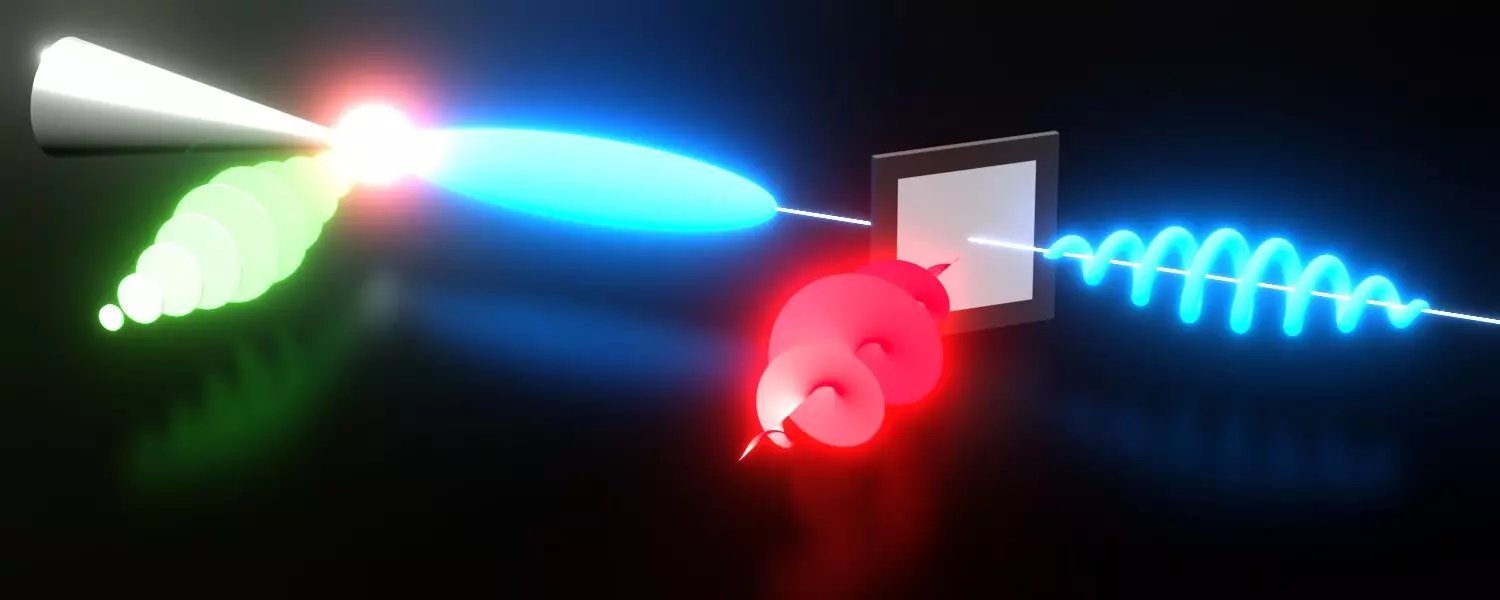Chirality is a fascinating concept that plays an essential role in nature, physics, and chemistry. To understand chirality intuitively, one can consider the seemingly simple action of placing one hand over the other, ensuring that all fingers align. This configuration vividly illustrates an essential rule: no matter how much you twist or turn, the left hand cannot morph into the right. This fundamental property extends into the microscopic world of particles, most notably electrons. Researchers at the University of Konstanz have made a groundbreaking advancement by manipulating a single electron’s wave function to create chiral geometries, sending ripples through the scientific community and broadening our understanding of quantum mechanics.
Engineering Chirality in Electrons
Chirality traditionally refers to asymmetry in the arrangements of particles or molecules. While we’ve known about intrinsic spin-related chirality, the Konstanz researchers have gone a step further. They achieved the remarkable feat of imprinting a three-dimensional chiral structure onto an electron’s wave function, effectively transforming its mass and charge distribution into left-handed or right-handed configurations. This achievement opens the doors to exciting possibilities in both theoretical physics and practical applications such as quantum optics and particle physics. According to Peter Baum, the lead researcher of the study published in *Science*, the implications of this can significantly shift the landscape of scientific research.
The Quantum World and Composite Chirality
Chirality is not just limited to single particles but extends to composite objects as well. Take the human hand, for example; composed of achiral atoms, it possesses a chiral form. The distinction becomes crucial in chemistry when molecules exhibit different properties based on their chirality. A classic illustration is the case of pharmaceuticals where the right-handed version of a drug may relieve a patient’s symptoms, while the left-handed counterpart might have adverse effects. This asymmetry has far-reaching consequences in various fields, including materials science, nanotechnology, and even biological systems.
Novel Techniques in Electron Manipulation
One of the critical innovations from Konstanz involves the use of a sophisticated ultrafast transmission electron microscope combined with laser technologies to produce femtosecond electron pulses shaped into chiral patterns. By interacting these pulses with laser fields engineered to spiral in nature, the researchers were able to create electron waves that mirror the geometry of chirality. This means that, without the influence of intrinsic spin or angular momentum, a purely geometrical form of chirality was produced. The technology involved is not trivial; it leverages the unique properties of silicon nitride membranes that facilitate this kind of interaction by modulating the characteristics of the laser light.
Implications for Future Technologies
The ability to generate chiral electron beams holds profound implications for technological advancements. Potential applications range from improved chiral optical tweezers to more sensitive chiral sensors, and even to innovative imaging techniques in quantum microscopy. Additionally, by intricately probing the interactions of these chiral electron beams with chiral materials, researchers can uncover new phenomena in scattering dynamics, including constructive and destructive interference patterns. Such innovations could redefine our understanding of how chiral objects interact with their environments and could lead to the development of materials with tailored properties.
A Look Ahead: The Broader Context of Chirality
While the focus has primarily been on manipulating electrons, the research emphasizes a broader question: can other elementary particles also be shaped into chiral forms? This suggests an entirely new realm of exploration in particle physics. For example, how might this understanding intersect with theories in cosmology? It is tantalizing to ponder whether such chiral shapes could manifest in the earliest moments of the universe. The research is not merely theoretical; it embodies a systematic approach to expanding the toolkit of physics, paving the way for future experiments that could probe deeper into the chiral relationships between light and matter.
With these groundbreaking advances, the interplay of chirality and quantum phenomena is set not just to impact scientific research but also to transform existing and emerging technologies. As we stand on the brink of a new era in quantum mechanics, the journey to fully understand and harness chirality presents an exhilarating opportunity for innovation and discovery in the ever-evolving landscape of science.


Leave a Reply